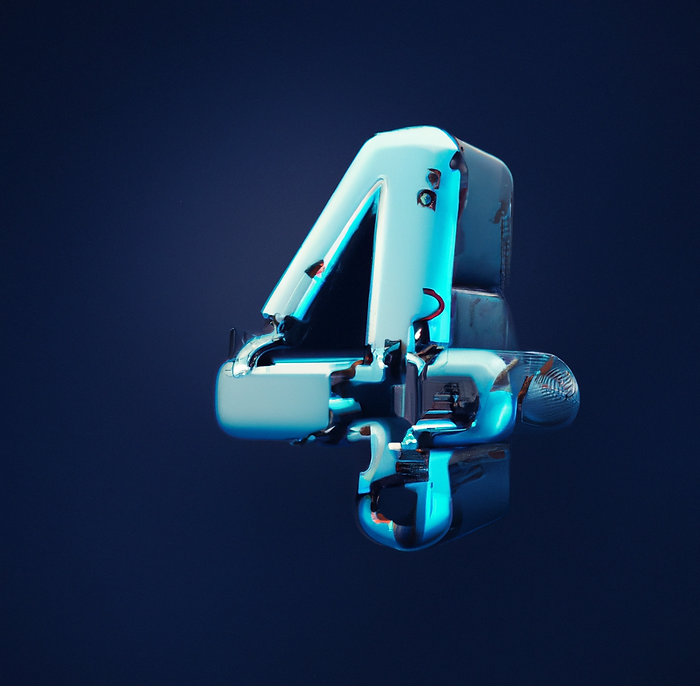OpenAI has not slowed down its breakneck pace since first debuting its groundbreaking language model chatbot, ChatGPT. The company is committed to making AI more accessible and useful, and the most recent development is the ChatGPT-4.
GPT-4 will improve significantly on the capabilities of the most recent model. Soon we expect to see GPT-4 integrated with Microsoft’s Bing search engine, and the launch of a mobile ChatGPT app. In addition, OpenAI is working on the Dall-E AI software to get it to generate videos. Overall, there’s so much on the horizon. So, what can we expect from Chat GPT-4 and how it may differ from its predecessor Chat GPT-3?
The new version of the OpenAI language model (GPT-4), which will be much faster and more human-like that GPT-3, will be released within the first quarter of 2023. The exact dates haven’t been announced yet since OpenAI CEO, Sam Altman, announced that the release will only happen when it is considered safe.
What features to expect from GPT-4
Improved Model Size
An increased model size can greatly impact the model’s performance and accuracy. GPT-4 will have a much better model size than GPT-3. Where GPT-3 broke records with its 175 billion parameters, GPT-4 will improve upon that quite a bit. We can expect GPT-4 to have anywhere from 175-280 billion parameters, although in the future the company might attempt to move into the trillions.
Multimodal
Multimodal means having more than one mode of communication. In the case of ChatGPT that could mean text and voice options for both entering information and getting responses. It could also mean text to image options. It is still unclear if GPT-4 will be multimodal, as Sam Altman hinted to a multimodal project but didn’t give any specifications.
Better Accuracy
Overall we know that GPT-4 will be more advanced and much more accurate that GPT-3. We expect that with responses becoming faster, more accurate, and overall better that there will be an impact on the digital media market, helping writers develop creative ideas and write information in different styles and formats.
Optimization
With models as large as ChatGPT 3 and 4, costs can really begin to pile up. In order to make these models more cost-effective, OpenAI is working on optimizing them for better accuracy. It’s possible that OpenAI will make use of optimal hyperparameters, or specific parameters whose values are used to control the learning process, in order to improve the performance of GPT-4.
Overall, Chat GPT-4 could be a promising iteration of OpenAI’s language model, with improved model size and the possibility of multimodal capabilities. While we know Chat GPT-4 will be a more advanced version of Chat GPT-3, its full potential will only reveal itself when it’s released.







